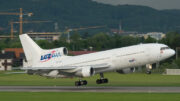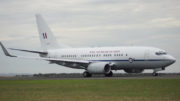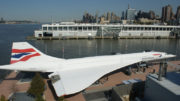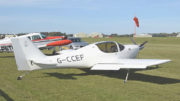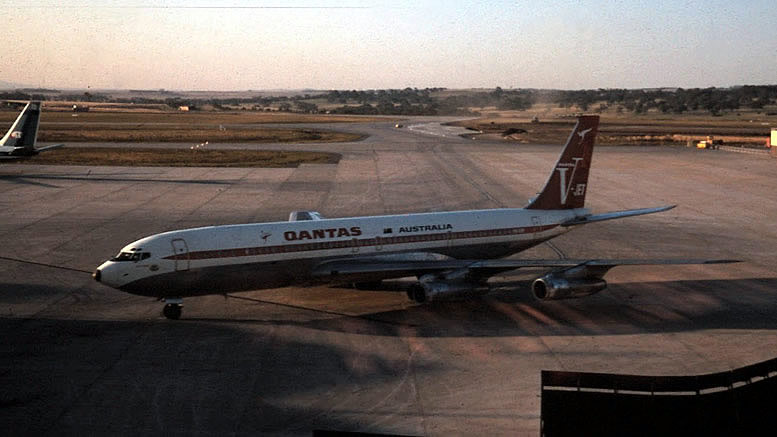 The Boeing 707 is a four engined commercial passenger jet aircraft developed by Boeing in the early 1950s. Although it was not the first commercial jetliner in service (that distinction belongs to the De Havilland Comet), it was the first one to be commercially successful, and is credited by many as ushering in the “Jet Age”, as well as being the first of Boeing’s ubiquitous 7×7 range of airliners. The success of jet airliners can be attributed to the economics of it – a 707 could do 5 times the work of a piston engine airliner such as the DC-6 at only double the cost.
The Boeing 707 is a four engined commercial passenger jet aircraft developed by Boeing in the early 1950s. Although it was not the first commercial jetliner in service (that distinction belongs to the De Havilland Comet), it was the first one to be commercially successful, and is credited by many as ushering in the “Jet Age”, as well as being the first of Boeing’s ubiquitous 7×7 range of airliners. The success of jet airliners can be attributed to the economics of it – a 707 could do 5 times the work of a piston engine airliner such as the DC-6 at only double the cost.
The 707 was based on a prototype Boeing aircraft known as the Boeing 367-80. often nicknamed the Dash 80, the Dash made its first flight on July 15, 1954 and was used as a prototype and testing aircraft for 18 years. The Dash 80 led both to the KC-135, an air tanker used by the USAF, and the 707. To enable the fitting of six-abreast seats, the 707’s fuselage was widened by 6 inches compared to the original Dash-80. Today the Dash 80 is in the Smithsonian air and space museum following a restoration in 1991.
The original 707, the 707-120 was designed for transcontinental routes and often required a refuelling stop when used on the North Atlantic route. The later 707-320 and 707-420 models had larger wings, heavier weight and more fuel tankage to operate as true transoceanic aircraft. The 707-220 was a 707-120 airframe fitted with more powerful engines for ‘hot and high’ operations – only 5 of these were built, all for Braniff International due to extremely high fuel consumption. This marque was anyway rendered redundant by the arrival of the turbofan.
The Boeing 707 was originally fitted with four Pratt and Whitney turbojets (JT3Cs on the -120s and more powerful JT4As on the -220s and -320s – these are civilian versions of the military J57 and J75 engines respectively) , but later -120B and -320B version came equipped with four JT3D turbofans, the latter being quieter, more powerful and fuel efficient. The 707-320C, also turbofan-engined, had a large cargo door allowing it to serve as a dual-purpose transport aircraft. Interestingly the 707-420 series was produced for the British and Commonwealth markets and was powered by Rolls-Royce Conway turbofans.
The Boeing 720, originally designated 707-020 but later changed for marketing reasons, was a modification of the 707-120 designed for medium-range operation from shorter runways. It was lighter and faster than the Boeing 707, and had a simplified wing design. This model had relatively few sales, but was still profitable due to the minimal R&D costs associated with modifying an existing type.
Production of the 707 continued until 1991, and although it is no longer employed by major US Airlines, many can still be found in service with smaller non-US airlines, charter services and air cargo operations. The “genes” of the 707 are still in many of Boeing’s current products, most notably the 737, which still uses an adaptation of the 707’s fuselage.

